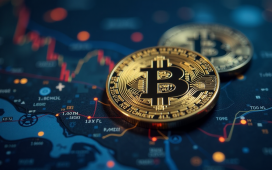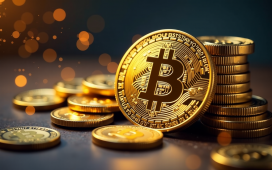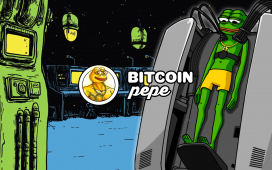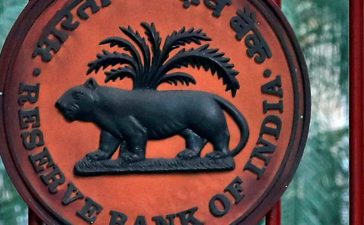
The Monetary Authority of Singapore’s managing director has outlined the central bank’s plan to ensure seamless financial transactions across digital asset networks. “Currently, there is a proliferation of digital asset networks,” the head of Singapore’s central bank said. “We cannot wish these dynamics away and force consolidation of all financial transactions onto a single network. It is more feasible to work towards making these diverse networks interoperable.”
Singapore’s Central Bank Discusses Digital Asset Plans
Ravi Menon, the managing director of Singapore’s central bank, the Monetary Authority of Singapore (MAS), discussed digital assets at Singapore Fintech Festival last week.
“Digital assets have two critical features that can fundamentally transform the nature of financial transactions,” he began. The first is tokenization allows financial assets to be exchanged without intermediaries, which “eliminates settlement risk, duplicative reconciliation, and the need for large funding accounts,” he highlighted. The second is tokenization enables “the fractionalization of assets,” making partial collateralization of assets possible.
The head of Singapore’s central bank continued:
To fully realize seamless financial transactions across digital asset networks, we must ensure they are interoperable.
“Currently, there is a proliferation of digital asset networks, due to different commercial motivations or legal and regulatory requirements,” he described, emphasizing: “We cannot wish these dynamics away and force consolidation of all financial transactions onto a single network. It is more feasible to work towards making these diverse networks interoperable.”
Menon then provided details on the central bank’s strategy to build the new financial architecture via Project Guardian. He explained, “MAS and industry partners are tokenizing different asset classes with specific desired outcomes.” Additionally, he mentioned that the International Monetary Fund (IMF) is joining the Project Guardian policymaker group. The MAS established this policymaker group in October in partnership with Japan’s Financial Services Agency (FSA), the Swiss Financial Market Supervisory Authority (FINMA), and the United Kingdom’s Financial Conduct Authority (FCA).
The central banker also discussed digital money. He explained that privately issued cryptocurrencies, central bank digital currencies (CBDCs), tokenized bank liabilities, and well-regulated stablecoins are “four contenders for digital money.” Noting that many crypto investors have “suffered significant losses,” he opined:
Cryptocurrencies have failed the test of digital money. They have performed poorly as a medium of exchange or store of value. Their prices are subject to sharp speculative swings.
“Wholesale CBDCs and tokenized bank liabilities can play the role of digital money and help to achieve atomic settlement,” stated Menon. Noting that well-regulated stablecoins can also “play a useful role as digital money,” he said the monetary authority has granted in-principle approval under the Payment Services Act to three stablecoin issuers: Straitsx SGD Issuance, Straitsx USD Issuance, and Paxos Digital Singapore.
What do you think about the statements by MAS Managing Director Ravi Menon and the central bank’s digital asset approach? Let us know in the comments section below.









